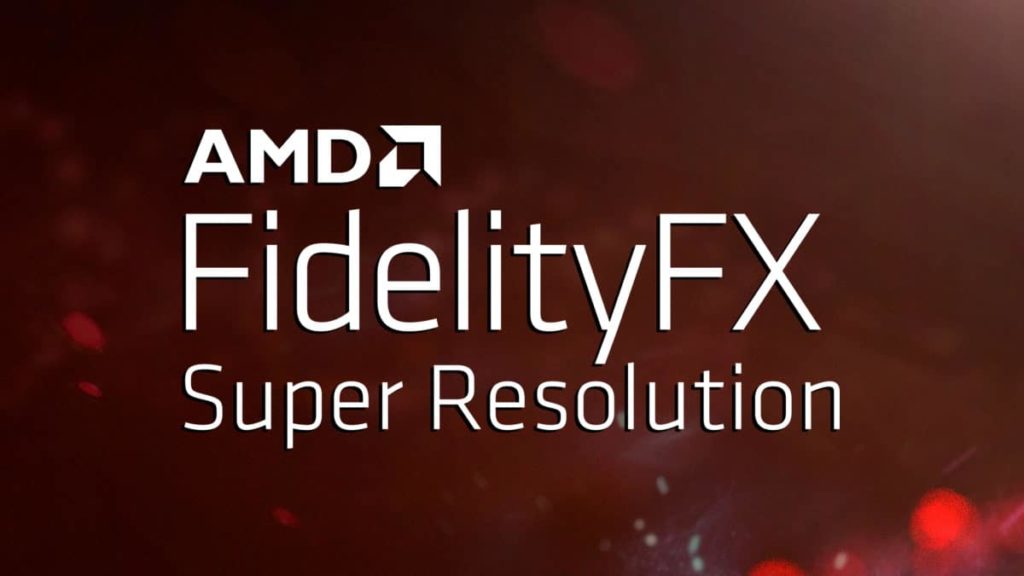Image: AMD
AMD has finally lifted the veil on its highly anticipated NVIDIA DLSS competitor, FidelityFX Super Resolution (FSR). As explained by Scott Herkelman during tonight’s Computex 2021 event, red team’s spatial upscaling algorithm will greatly improve performance and allow gamers to choose between four quality modes that range from ultra quality for greater visual fidelity or performance for higher frame rates. Launching on June 22 for select titles, AMD FidelityFX Super Resolution will be available not only for Radeon products (i.e., Radeon RX 600, RX 5000, RX 500, and RX Vega Series, and all Ryzen processors with Radeon graphics) but NVIDIA’s GeForce 10, 20, and 30 Series graphics cards as well...
Continue reading...
